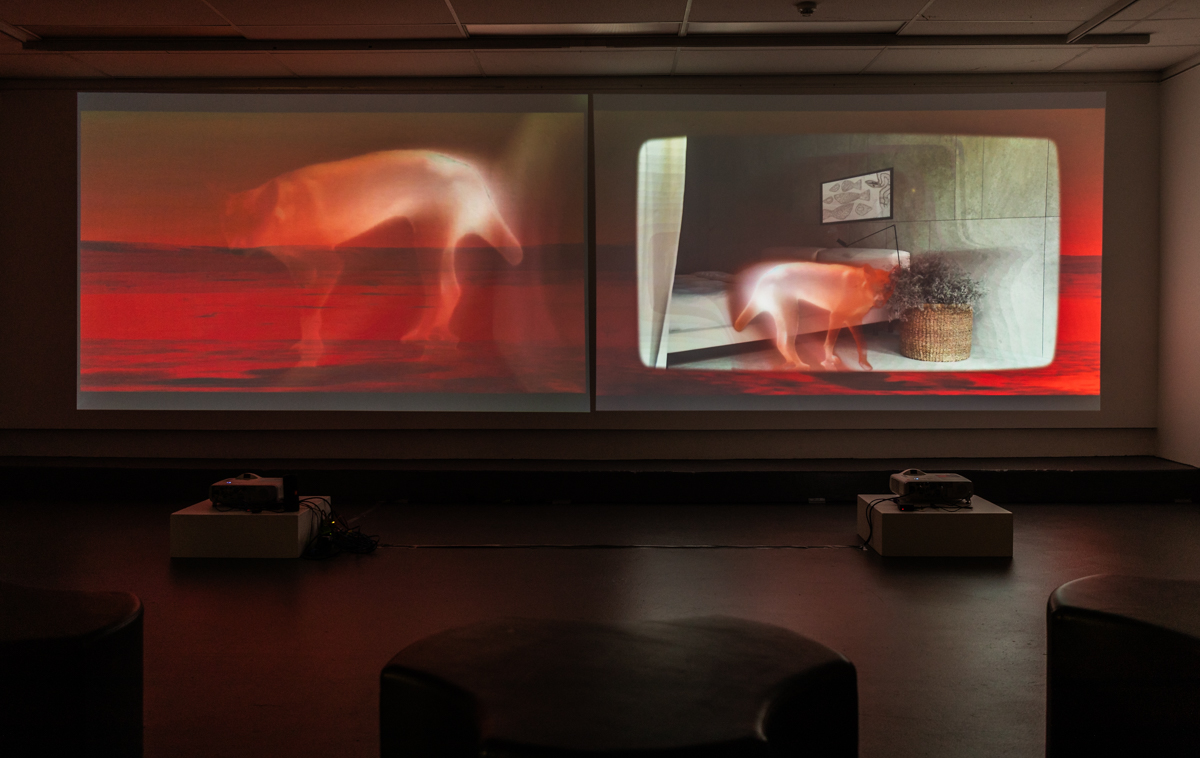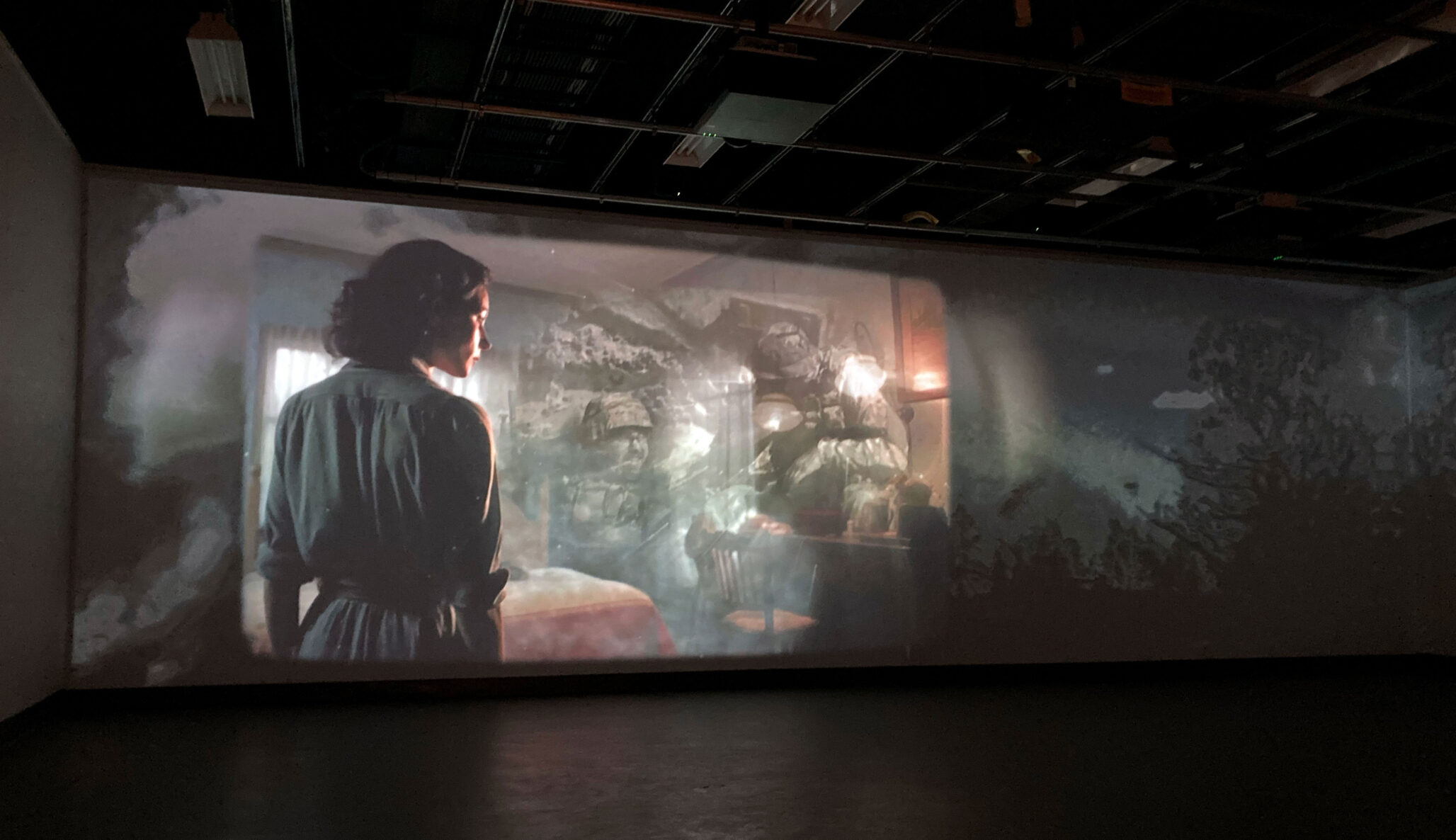This research aims to investigate Charles Bonnet Syndrome visions (CBS). CBS is the term used when a person has pseudohallucinations from some loss of sight. A CBS vision is different from a typical hallucination as the person has ‘insight’: they know what they are seeing is unreal.[1] Images range from simple colours and geometric shapes up to a wide variety of complex forms. The term visions is preferred by the CBS community due to the existing stigmas surrounding hallucinations.
It is important to note this is not medical research. The proposed research will focus on inquiry into how mental perceptions become physical through design. Of particular interest and explored in this study is the indispensable link between metaphor and image. Metaphors are thought connections essential for both day-to-day life and the night-time dreaming state.[2],[3]
[1] Dominic ffytche, “Charles Bonnet Syndrome: An Interview with Dr. Dominic Ffytche,” interview by April Cashin Garbutt, 2015, www.news-medical.net/news/20151102/Charles-Bonnet-syndrome-an-interview-with-Dr-Dominic-ffytche.aspx.
[2] James Grant, “What Metaphors Mean,” in Metaphor: Philosophical Issues (Oxford University, 2011), lecture delivered online. https://podcasts.ox.ac.uk/1-what-metaphors-mean.
[3] Josie E. Malinowski and Caroline L. Horton, “Metaphor and Hyperassociativity: The Imagination Mechanisms Behind Emotion Assimilation In Sleep and Dreaming,” Frontiers in psychology 6 (2015),https://doi.org/10.3389/fpsyg.2015.01132.
Digital Exhibition
![]() inclusive and immersive
inclusive and immersive![]() meaningful, informative
meaningful, informative![]() understandable, playful, sharable, accessible
understandable, playful, sharable, accessible
Creative Intention
Seeing through our eyes : Inside the CBS experience : Not a documentary, an emotional experience
Key thoughts
Through the applied use of creative technology, the objective is to make the condition relatable. In addition, communicate and explore the visions and the metaphorical connections through installations.
Creative Idea
Utilising media art and design so people can see and interact and immerse themselves within the CBS syndrome
Theme
Promoting awareness and creating validation: dissolving the stigma
Story
Personal experience with CBS keeps this topic close to my heart. There is an empathic link to challenges the CBS community face: primarily the stigmas and misdiagnoses. Co-creating with the CBS community is an essential part of the research. An interactive & immersive digital experience offers to reveal CBS visions and the lived experience people face day-to-day. It will be an exhibition for all who are curious about vision-thought processes: for the CBS community, friends, family, and medical practitioners.
Studies into CBS are primarily conducted by the Ophthalmic, Neurological, and Psychiatric fields and approached with the primary concerns of these medical specialities. Alternatively, this research approaches from the creative field of design and is practice-based.

A photograph of a video projection from the Visions of Charles Bonnet Syndrome exhibition. The image shows Participant Thirty-nine – Nalda’s vision of a Dingo in her bedroom.

Testing (Figure 2.0 above) The picture shows the video of participant 34’s vision as shown through a projector large scale on a gallery wall.
World War Bedroom (Figure 3.0) A picture of a woman in a bedroom. Visions from a war invade the scene; two soldiers adorned with distinct circular hats emerge like ghosts from the past. Her thoughts drift to World War II – could it be?. Midjourney AI and After Effects
Charles Bonnet Syndrome Research
![]() imaginative links, visual imagery
imaginative links, visual imagery![]() propositional content
propositional content
Conceptual functions are interesting in the context of visions as the gaps from vision loss are filled in by images that are seemingly abstract in place and time.
Jason Barton explains deafferentation as ‘the big picture’. Damaged areas can overlap regions that process different visual objects or effects.[4] These different areas fill in when visual information is missing. Sorting of information to fill in the missing and create sight is constructing normality: where the future is like the past. This can be explained by the Principle of the Uniformity of Nature put forward by David Hume, where everyday life corresponds to recurring similar situations and effects. The reassembly of the disassembled visual information is not understood.[5] Conscious visual perception does need the familiar to be able to identify context and environments. Maurice Merleau-Ponty in Phenomenology of Perception narrates:
the men I see from a window are hidden by their hats and coats, and their images cannot be imprinted on my retina. I therefore do not see them, I judge them to be there. Once vision is defined in the empiricist way as the possession of a quality impressed upon the body by a stimulus, the least illusion, endowing the object as it does with properties which it does not possess on my retina, is sufficient to establish that perception is a judgement.[6]
Metaphors are thought connections essential for both day-to-day life and the night-time dreaming state.[7],[8] The wonder of metaphors is illustrating one thing as another, where the ambiguity of one concept causes imaginative links creating clarity for another. Utilising this ambiguity is creative through lateral connections of visual imagery.[9] Metaphor is indispensable for abstraction, non-literal explanations and linking complex ideas.[10] My proposition is that image formation within complex visions link to metaphorical thoughts.
[4] Jason J. S. Barton, “Vision: It is About the Brain,” Journal of neuro-ophthalmology 38, no. 3 (2018):
[5] Sheng He and Wendy L. Davis, “Filling-in at the Natural Blind Spot Contributes to Binocular Rivalry,” Vision Research 41, no. 7
[6] Maurice Merleau-Ponty, Phenomenology of Perception (Florence: Taylor & Francis Group, 2012), p.84.
[7] James Grant, “What Metaphors Mean,” in Metaphor: Philosophical Issues (Oxford University, 2011), lecture delivered online.
[8] Josie E. Malinowski and Caroline L. Horton, “Metaphor and Hyperassociativity: The Imagination Mechanisms Behind Emotion Assimilation In Sleep and Dreaming,” Frontiers in psychology 6 (2015).
[9] James Grant, The Critical Imagination (Oxford University Press, 2013), 92.
[10] Grant, “What Metaphors Mean.”
CBS Visions: realm of image crosses over into the realm of perception
![]() visual creative experience
visual creative experience ![]() simple to complex
simple to complex
Charles Bonnet Syndrome visions create a fascinating world where the realm of image crosses over into the realm of perception. CBS is the term used when a person has pseudohallucinations from some loss of sight. The term visions is preferred by the CBS community due to the existing stigmas associated to hallucinations, although this is somewhat controversial. A CBS vision is different from a typical hallucination as the person has ‘insight’: they know what they are seeing is unreal. Accompanying sounds, psychiatric causes, and medications must be ruled out to diagnose CBS. While CBS is considered a rare diagnosis, it is experienced by 0.4-30% of all people with sight loss.[11]
This research will explore the idea of insight and how this relates to visual metaphors, embodied cognition and creativity: seeing CBS visions as a visual creative process.
In a 2023 article, Daniel Collerton, described as follows:
“To see is to believe” is a commonplace expression. Seeing things that are not truly there challenges our basic intuition of a world outside ourselves that we can take as real because it is accurately perceived. The link between visual perception and reality breaks down in numerous ways creating, … a wide range of non-veridical visual experiences. Foremost amongst these experiences are visual hallucinations, which themselves come in many forms ranging from simple fleeting shapes or lights via intermediate forms to … realistic images in exquisite detail ..[12]
[11] Best et al., “Think Sight Loss, Think Charles Bonnet Syndrome,” Therapeutic Advances in Ophthalmology 11
[12] Collerton, Daniel, James Barnes, Nico J. Diederich, Rob Dudley, Dominic ffytche, Karl Friston, Christopher G. Goetz, et al. “Understanding Visual Hallucinations: A New Synthesis.” Neuroscience & Biobehavioral Reviews 150 (2023/07/01/ 2023): 105208. https://doi.org/10.1016/j.neubiorev.2023.105208.
